#coppices
Text
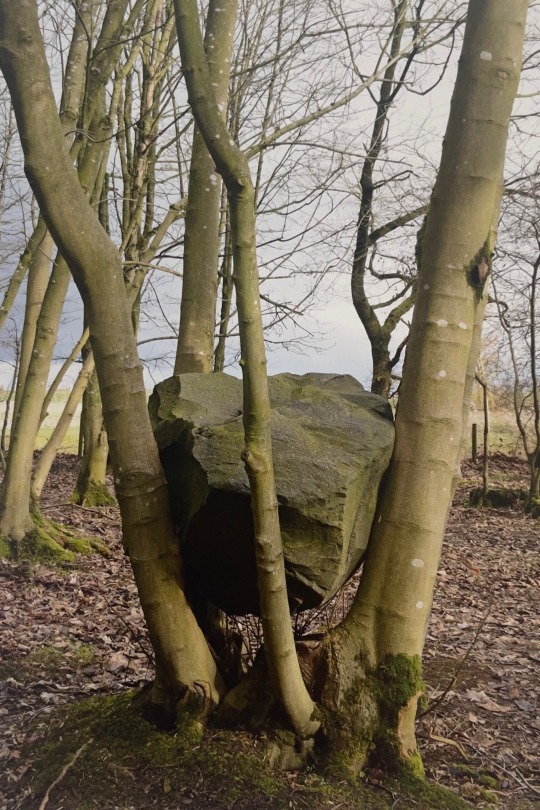
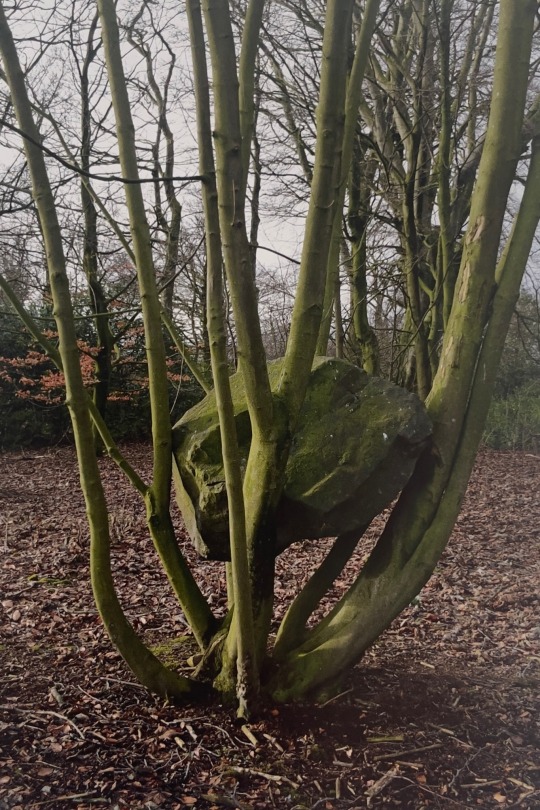
Andy Goldsworthy: Stone Coppice (2009)
743 notes
·
View notes
Text
Timelapse for this painting I posted
#process#video#the song is the coppice by wickerbird#I know it should be the opposite but I feel very weird posting time lapses and sketches with all the a/i bullshit#cuz I feel like I’m inadvertently contributing to these asshats learning how to duplicate the sketches and brush strokes and shit#like showing how it’s done#but I’m not gonna stop sharing#cuz I love exchanging knowledge and experience with people who are learning to paint#my skills are not 100% technically sound or perfect#far from it#but I learned something from someone else and it’s my turn to pass it along and try and knock down the fear of making something#anyways I drew a horse and some grass
473 notes
·
View notes
Text
grian explaining coppicing in his new video is making me lose my mind dude im writing my fucking. thesis about that rn. and ive never seen anyone mention it ever i did not expect to hear it in hermitcraft?????
#i dont even usually watch grian why did i happen to click on this one of all things#he started talking about pollarding and i was like oh neat thats similar to coppicing except higher up#and then he goes 'btw if you cut it lower to the ground its called coppicing. bet you havent heard that phrase in a while or at all'#like grian you would not believe it
63 notes
·
View notes
Text


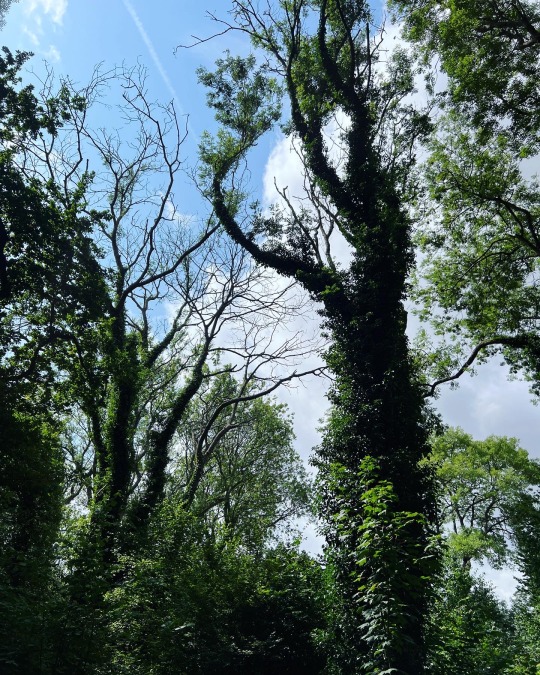

Funky trees from today’s coppicing work.
Anyone care to guess how old that ash stool is in the first image? (top left) the clue is in the width of the base, not the upright.
#coppicing#coppice#woodland management#heritage crafts#trees#woodland#English woodland#English countryside#ash wood#hazel copse#oak tree#non monster post#personal post
238 notes
·
View notes
Text
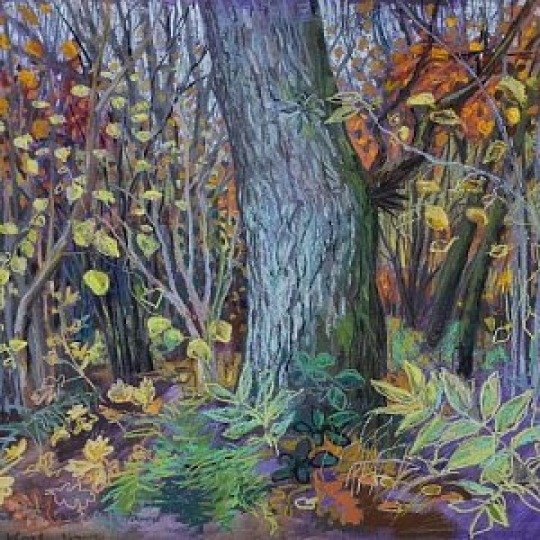
Trunk and Coppice - Carry Akroyd
British , b. 1953 -
Pastel , 18 x 22 cm.
66 notes
·
View notes
Note
i believe a while back you mentioned that certain trees benefit from being cut but i cannot find the post? could you elaborate on that bc im Fascinated (curious eyes emoji)
That's coppicing! Funny you mention it actually, the next biome research post I'm gonna make (in the style of the moorland one) is British forests. It's not only good for an individual tree, coppiced woodland is like moorland in that it's an anthropogenic area that becomes extremely important for several animals. Butterflies, bluebells, nightjars...
But I'm getting ahead of myself. To coppice a tree, you cut it down to its stem, and then allow it to sprout back for a number of years. The length of time depends on the species and purpose you want the wood for. You can make perfect, straight poles for tools, beams for construction, bundles for firewood...
A coppiced tree does not die of old age. They can live forever, and produce wood for GENERATIONS. No need to clean-cut and devastate a woodland!
What's good about coppiced woodland is that it leaves the canopy clear. Clear canopy = sexy, sexy understorey. Lots of sunlight comes through which allows the growth of low-laying plants and berry bushes, lots of places for animals to eat and hide.
Downside tho is that if you don't come back and manage your beautifully coppiced grove, you will end up with a thick canopy of trees all the same age, blocking out the sun. That's bad. You're gonna see a recurring theme in all of this research that a TON of biomes in the UK REQUIRE human management and have really been suffering without proper stewardship.
Basically, coppicing without ongoing human management just results in a plantation (derogatory) with extra steps.
Lake cats did a lot more coppicing than modern Clan cats. Modern Clan cats don't really have the tools to cut hard trees like beech and hornbeam; they can only manage softer, thinner ones like birch and alder with their claws and stone tools. It's a lost art.
#Lake cats were probably not as 'Untouched By Man' as it seems#Those furry little bastards were nabbing things. Especially metal things.#This blog is pro-stealing from Victorians though#I think we should do more of it#Oh no. Wesleydale has dropped his beautiful iron axe and a cat carried it off. Wear arsenic underwear about it maybe?#Go buy some tulips ugly!!#Coppicing
71 notes
·
View notes
Text

Fish rising and female mallard
#fish#carved fish#wooden fish#fish carving#duck#mallard#st ives country park#st ives estate#bingley#yorkshire#outdoors#outdoor photography#photographers on tumblr#original content#original work#all my own work#photo walk#pond#lake#coppice pond
55 notes
·
View notes
Text

Árbol de monte bajo en primavera, Santo Domingo de la Calzada, La Rioja, 2012.
By midsummer the tree will put out new branches to shade the roadway.
#urban landscape#tree#coppice#street#santo domingo de la calzada#la rioja#españa#camino francés#camino santiago
9 notes
·
View notes
Text
Post out there like 'the English turned their island from a hazelnut food forest to a goddamn lawn' and like. someone has already rebutted the rest of the post's bizarre takes but I'm just here to go hazel?? food forest? lawn?? wh a t? Obviously we - not just England - have hazelnut trees here but our forests are more often oak-dominated, with Scots pine in the north (the clue is in the name); we still have temperate rainforest along the west coast and in the north; I am also not sure that this is the correct usage of the term 'food forest'. Also, I'm not sure this is the correct usage of the term lawn.

(Coed Felenrhyd & Llennyrch, Eryri: Atlantic oak rainforest. Credit: Phil Formby / WTML)

(Wild Purbeck, North Yorkshire: a mix of woodland, wetland, and heath. Credit: Craig Charters)

(Rothiemurchus Forest, Cairngorms: native pine forest with open moorland, juniper scrub, and long-established farmland. Credit: Cairngorms National Park)
#the uk landscape is as deeply shaped by human occupation as any other#our historical forestry focus was mostly hunting and coppicing/timber#and we have other natural and naturalistic landscapes as well#wetland and heathland and scrub as well as all the coastal environments
7 notes
·
View notes
Text
youtube
Coppicing, a traditional forest management method dating back to the Neolithic period, involves periodically cutting trees to the ground level, taking advantage of their ability to resprout. This technique allows for cyclical harvesting of wood, providing a stable supply of firewood. Despite its decline with the advent of fossil fuels, there has been a recent resurgence in coppicing for its benefits to biodiversity and as a sustainable fuelwood source.
Credits:
Manuscript: Norwegian Institute of Bioeconomy Research, Institute of Botany of the Czech Academy of Sciences, Czech University of Life Sciences Prague, Pamadillo
Animation: Pamadillo - https://www.pamadillo....
Intro/ending music: Gregor Quendel https://www.gregorquen...
Middle music: Andreas Raad / @baltimus9000
Project: ROTATE: Application of traditional knowledge to halt biodiversity loss in woodlands
Funding: Technology Agency of the Czech Republic and Norway Grants 2014–2021
Contact: NIBIO researcher Fride Høistad Schei, [email protected]
References:
1. - (0:41) Cutout: Lumberjack 1 https://pin.it/5m51JGWwV
2. -(1:13) Cutout: Coppiced stool https://www.treehugger...
3. -(1:18) Historic photograph: The sweet track / 7810999323691323
4. - (1:25) Historic photograph: Man coppicing https://villerscottere...
5. - (1:29) Cutout: Cooking and eating https://pin.it/VXXz5zJGe
6. - (1:32) Cutout: Tool https://digitaltmuseum...
7. - (2:21) Historic photograph: Log truck 1924 https://www.trucksales...
8. - (2:23) Photograph: Clear cutting https://www.skogbruk.n...
#Norsk institutt for bioøkonomi#solarpunk#Coppicing#forest management#europe#Neolithic period#trees#forest#harvesting wood#sustainable harvest#firewood#Youtube
4 notes
·
View notes
Text



Andy Goldsworthy: Stone Coppice (2009)
874 notes
·
View notes
Text
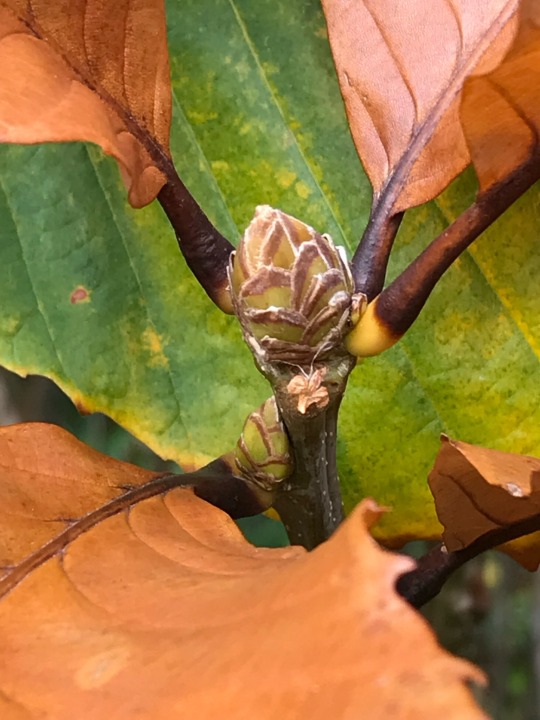



Plant of the Day
Friday 16 December 2022
The slow-growing Quercus pontica (Armenian oak, Pontine oak) is native to a small area of the Caucasus mountains in western Georgia, north-east Turkey and Armenia. It is a deciduous shrub or small tree and here it has been coppiced, maybe due to damage, producing these new shoots.
Jill Raggett
#quercus#Armenianoak#Pontineoak#deciduoustree#deciduousshrub#coppiced#autumncolour#plants#writtledesign#gardens#horticulture#garden#aberdeen#CruickshankBotanicGarden
76 notes
·
View notes
Text



2 notes
·
View notes
Text
#Sycamore Gap#Hadrian's Wall#Northumberland#vandalism#English countryside#coppice#UK heritage#The Scotsman
9 notes
·
View notes
Text

Spar making update: I’m getting better but the points still need work. Between two of us, we’ve got to make 4000 of them for a thatched roof though, so I’d better get on with it!!
The process involves taking one of the 28” hazel rods in the background of the photo (called ‘gads’) and, using a billhook or a splitting hook (the bigger and blunter of the two blades at the bottom of the photo), and splitting them first in half, and then into either quarters, sixths, or eighths, depending on the thickness of the rod to start with. Then with a pointing hook (smaller of the two blades) you put a three-faced point on each end. They’re kept from drying out and stored for a short while, and a thatcher then twists them into a pincer or staple shape to skewer and secure the thatch of a roof into place.
Spar making is on the Red List of Endangered Crafts so it’s an honour to be continuing this ancient ancient tradition with a few other people.
47 notes
·
View notes
